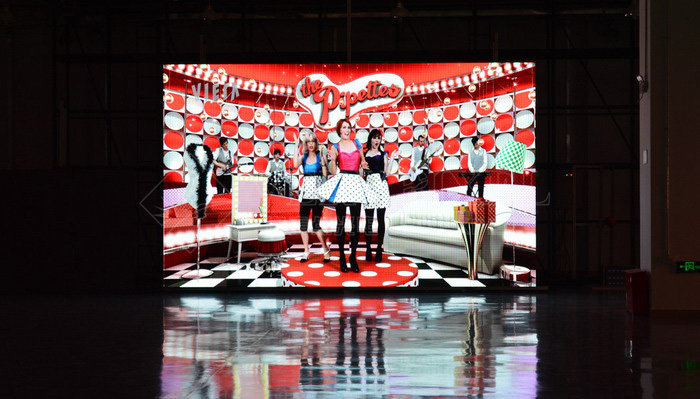Tag: full-color LED display, LED display brightness, LED display light attenuation, LED display antistatic ability


For a full-color LED display, LED as its most critical components, its quality plays a very important role in the on the LED display. LED screen uses large number LED per square meter, LED directly determines the performance, color saturation and sharpness of full-color LED display.
1. Full-color LED display brightness
LED brightness determines full color LED screen brightness, the use of higher current, the LED brightness is higher. Also, LED have different angle, in the same chip size, the smaller view angle, the higher brightness, but the display’s viewing angle generally is 100 degrees -110 degrees, to ensure LED screen sufficient angle.
2. The failure rate of LED screen
LED display is composed by thousands or even hundreds of thousands of red, green, and blue LED components. Usually failure rate is less than 1/10,000 after 72 hours aging test.
3. The light attenuation of LED display
LED brightness will slowly decay along with long term use, the attenuation is related with LED chip, auxiliary materials, packaging technology and so on. In general, after 1000 hours aging on 20 mA at normal temperature, the red LED attenuation should be less than 7%, blue and green LED decay should be less than 10%. The RGB light decay consistency has great influence on future white balance, thereby affecting the fidelity of the display screen.
4. LED display antistatic ability
Since LED is semiconductor devices, it’s sensitive to static electricity, can easily failure by static, so the anti-static ability is essential for the lifespan of LED display. Generally, LED lamp anti static voltage testing should be no more than 2000V.
Verypixel Front Service LED Display


Page address: http://www.verypixel.com/blog/How_LED_affect_display_quality.html